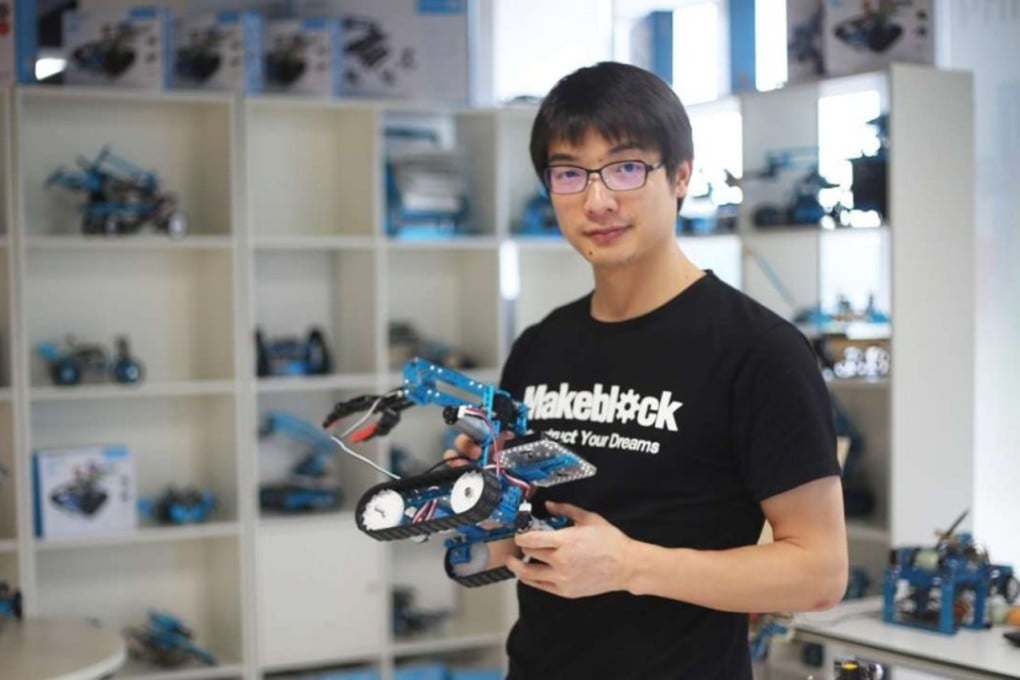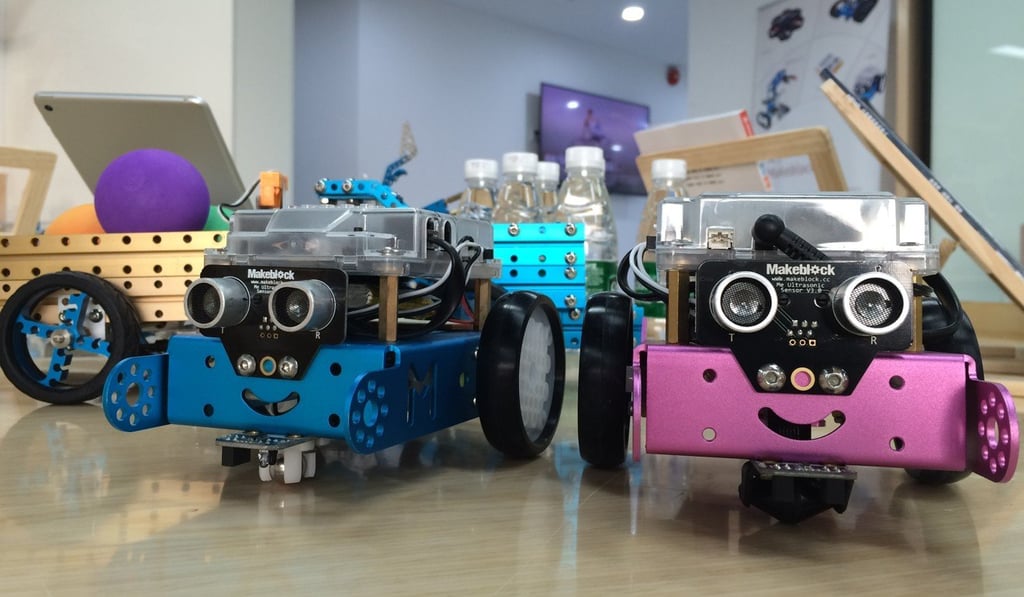How DIY became a driving force of China’s robot revolution
Makeblock’s do-it-yourself kits have made it a major player in the world of robotics – and are helping China reposition itself as a global powerhouse for the industry

Growing up in a farming village in central China, Jasen Wang’s childhood was far removed from the worlds of Lego, RoboSapiens and other toys designed to introduce young minds to the world of robotics. It was not until the age of 20 that Wang first put his hands on a robot, as part of a college competition.
“I was amazed by how smart a machine could be,” he recalled.
That epiphany sparked an obsession with robotics that put Wang on the road to creating Makeblock, a five-year-old start up near Hong Kong that now sells millions of dollars worth of do-it-yourself robotics kits and related products.

“I always want to make the process of creation easier, so people can turn their ideas into reality without much hassle,” Wang said. “We are now on the way to realising that goal.”
Inside a brand new office tower on the outskirts of Shenzhen, Makeblock’s 1,000-sq-metre R&D centre might be considered a fantasyland for geeks.
Young men and women fix their eyes on computer screens filled with code. Engineers, sitting on the floor and facing the wall, are surrounded by hundreds of mechanical pieces. No one looks up; they are busy putting together robots.